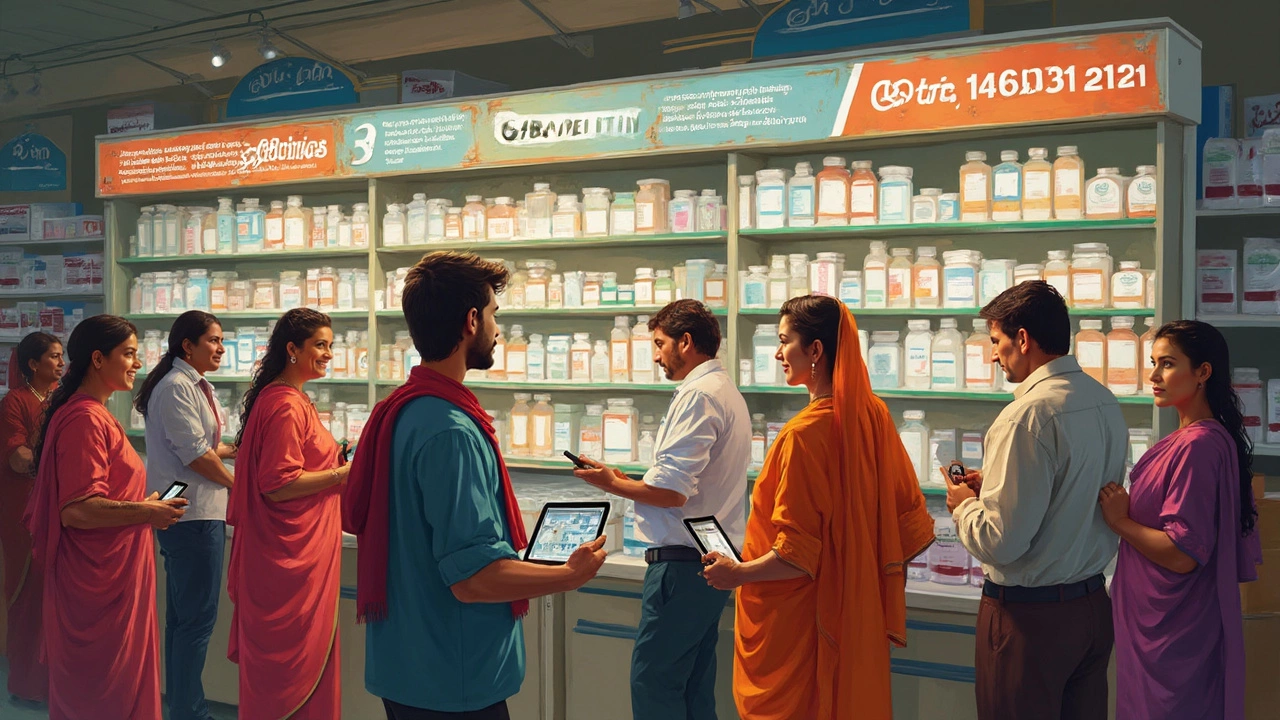Medication Regulations in India: What You Need to Know
Ever wonder why some medicines are labeled "restricted" while others are free on the shelf? In India, a set of rules decides which drugs can be sold, how they’re packaged, and who can prescribe them. These regulations exist to keep the public safe from toxic or ineffective medicines, and they affect everything from a simple painkiller to a high‑tech biologic. Below we break down the most important parts so you can understand what’s happening behind the pharmacy counter.
How New Drugs Get Approved
The first stop for any new drug is the Central Drugs Standard Control Organization (CDSCO). Companies must submit detailed data on how the drug works, its side‑effects, and the results of clinical trials carried out in India or abroad. The CDSCO’s review team looks for red flags – any sign the drug could be harmful or not work as promised. If the data checks out, the drug gets a marketing authorization and a license number that must appear on every box. This process is why you’ll often see a "CTD" (clinical trial data) reference on package inserts.
Key Rules for Prescription and Over‑the‑Counter Medicines
Once a drug is approved, it lands in one of several schedules. Schedule H drugs, like many antibiotics, need a doctor’s prescription and must be kept behind the counter. Schedule X includes narcotics and strong painkillers, which require even tighter tracking – pharmacies record each sale and report it to authorities. Over‑the‑counter (OTC) items fall into Schedule C or C‑1, meaning they can sit on the shelf but still need clear labeling about dosage and warnings. Ignoring these labels can lead to toxicity, something Toxic Medicine Insights warns about regularly.
Another big rule is the requirement for a "drug master file" that details manufacturing processes, quality checks, and storage conditions. This file helps regulators ensure that each batch matches the original safety profile. If a manufacturer changes a formula or source of an ingredient, they must get approval before the new version hits the market. This is why you sometimes see a “new batch” notice on medicine boxes – it’s a sign the regulator has signed off on the change.
Advertising also falls under strict guidelines. Any claim that a medicine can cure a disease must be backed by scientific proof. If a company overstates benefits or hides side‑effects, the Advertising Standards Council of India can pull the ad and fine the sponsor. This protects you from misleading promotions that could push you toward unsafe self‑medication.
Staying on top of medication regulations matters because rules change. The government may add a drug to Schedule H if new safety data emerges, or it might tighten labeling requirements for a certain class of medicines. Websites like Toxic Medicine Insights keep track of these updates, so you don’t have to sift through dense official notices. A quick check on a trusted site can tell you whether a new prescription rule affects your current treatment.
Bottom line: India’s medication regulations are designed to protect you from harmful substances while allowing useful drugs to reach patients. Understanding the basics – approval, scheduling, labeling, and advertising – helps you make smarter choices at the pharmacy. Whenever you’re unsure, ask your pharmacist or doctor to explain the label, and keep an eye on reliable sources for any rule changes that could impact your health.

Is Gabapentin a Controlled Substance?
Gabapentin, widely used for managing nerve pain and seizures, raises questions regarding its classification as a controlled substance. It's essential to understand whether this medication falls under such regulations due to potential misuse or dependency issues. Different countries have varied classifications for gabapentin, affecting how it's prescribed and dispensed. Awareness of these rules is crucial for both healthcare providers and patients. This article delves into gabapentin's status and provides valuable insights for those obtaining it through online pharmacies.

What’s the Best Herbal Health Supplement?
Apr, 6 2025



